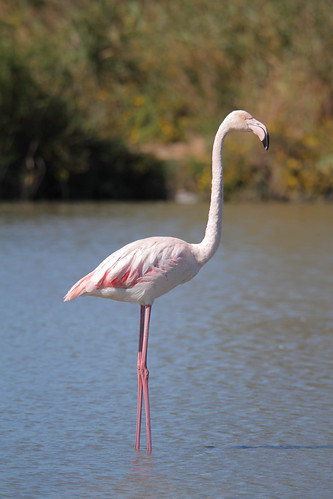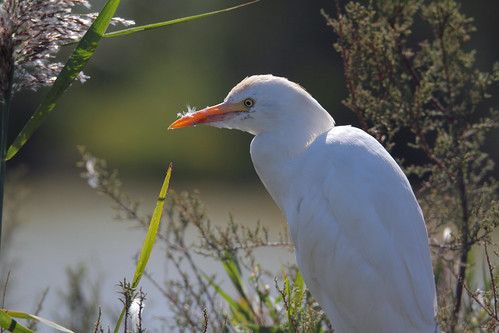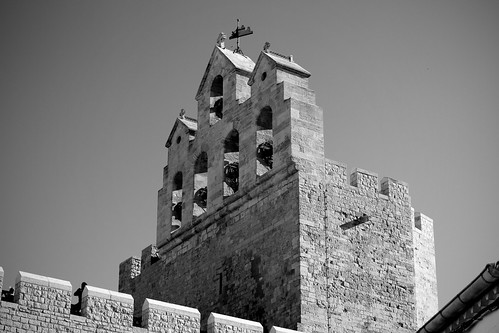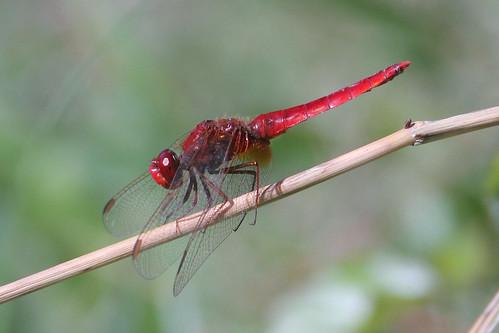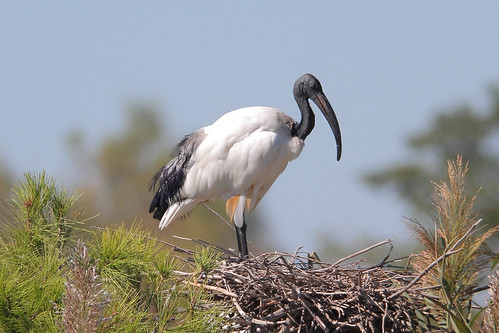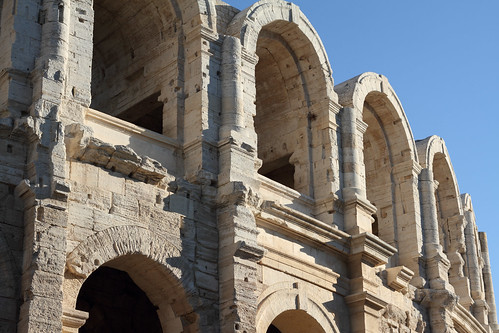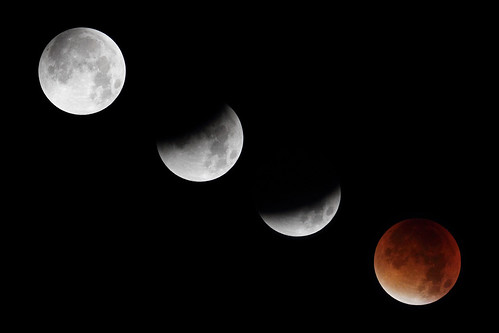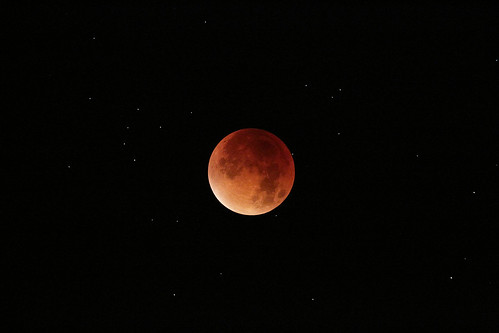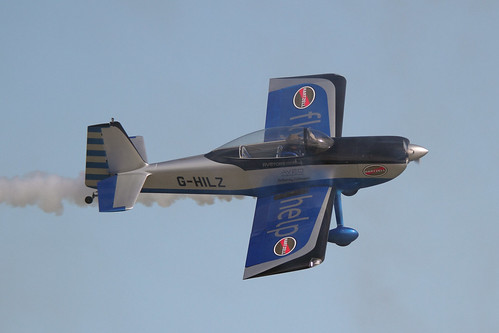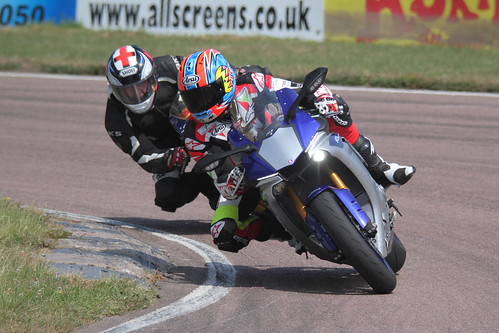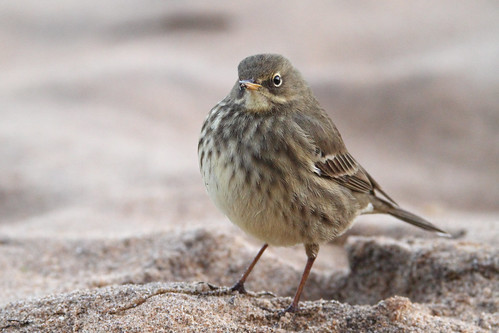Sunday, 11 October 2015
Two Days in the Camargue
As much as I love writing, if there was one thing I dreaded at school it was having to complete the "What I did on my holiday" essay. So, rather than bore you with every detail, I'm going to boil the trip down to its essentials (i.e. what I anticipate visitors to this blog would want to know about) and let the pictures do most of the talking. If you have any questions not covered by the ones given below then please use the comments section and I will do my best to answer them - though bear in mind that I'm more of a "photographer who happens to shoot birds" than a "birder who happens to have a camera". The object of the trip was not to track down the rarest species, but to have a good time and hopefully get some decent photos along the way. It's also worth noting that the Camargue is B-I-G; two days really only allows time for a whistle-stop tour, but you could easily spend a week there and still only scratch the surface.
Quick question: Was it worth it?
Quick answer: Absolutely, yes!
Did you have a guidebook to the region?
Most of the guidebooks I could find for sale are a few years out of date, but there is a free booklet online which proved to be extremely useful. It contains maps, species lists, and much more. The English-language version is available via this link:
Where to watch birds in the Camargue Regional Nature Park - France (PDF)
Using Arles as a base, we visited four of the eleven sites listed, as well as the very pretty - and very touristy - town of Saintes-Maries-de-la-Mer.
So what's the big deal about the mistral?
The mistral is a wind, but it's not like any wind you'll experience in England. When it decides to blow it will do so all day - at the same speed and in the same direction - and it won't ease off until the sun goes down. The Camargue is mostly flat, so there aren't many places you can shelter from it. A light, windproof jacket is recommended.
What else should I take?
Sun cream and insect repellent. Make sure you carry plenty of drinking water too; even in September the temperatures can reach the high twenties.
Best place to go to photograph birds?
There may well be other reserves (that we didn't have time to visit) within the Camargue that provide a similar experience, but if you want to see the key species of the region at close quarters and get photos "in the bank", so to speak, then the Pont de Gau bird sanctuary is the place to go. As well as the famous flamingos, we saw, among other things, grey herons, little egrets, cattle egrets, spotted redshanks, black-tailed godwits, avocets, black-winged stilts, spoonbills, and a sacred ibis (below). Admittedly, with the exception of the flamingos and the ibis, these are all species you can see in England with increasing regularity, but probably not all in one place, and certainly not within a few feet of the viewing hide.
Recommended eating?
All three of the restaurants we visited in Arles were good, but the Restaurant Le Plaza La Pailotte was exceptional. I had the duck breast (don't tell the wildfowl!) and it was, quite simply, one of the finest meals I've ever had. (And no, I didn't take a photo of my food.)
Other highlights that you can't convey in a photograph?
Bats flying above the Rhone at sunset, the strangely soothing background noise of insects (presumably crickets) chirping at night, stumbling upon a bizarre tractor parade in Arles on Saturday evening, still being able to feel the lingering warmth of the sun and the force of the mistral on my face long after the sun had gone down, the sheer physical and historical presence of the Arles Roman Amphitheatre (below), waking up early to see Sirius shining higher in the sky than I've ever seen it before, and of course a welcome reminder that you can't beat a genuine French baguette.
Anything else worth knowing?
The SatNav on the rental car was, unsurprisingly, in French. After some fumbling we found the option screen to change the language. English was not one of the available languages. Fortunately, if you know your gauche from your droite, you should be able to cope.
Finally, special thanks must go to my friends Mark, for his organisational and driving skills, and to Tony, for his near-supernatural ability to liken almost any situation to an episode of the old TV show Only Fools and Horses.
See more of my photos from the Camargue and Arles on Flickr.
Labels:
7D,
Arles,
autumnwatch,
blogpost,
Camargue,
canon,
flamingo,
France,
kilner,
nature,
photography,
Provence,
Tele Vue,
telescope,
TV60,
wildlife
Monday, 5 October 2015
Photographing the 2015 Total Lunar Eclipse
Lunar eclipses aren't that rare - certainly not as rare as some uninformed sections of the media would have you believe, but I hadn't photographed one since March 2007, so I stayed up till stupid o'clock the other week to get some images of the so-called Super Blood Moon eclipse. The wind was a little gusty, but fortunately the clouds didn't interfere.
One thing the photos don't convey is just how much the moon dims during totality. (The reason it doesn't go completely dark is because it's illuminated by sunlight refracted through the earth's atmosphere. Or to put that in a slightly more lyrical way, an observer standing on the moon during an eclipse would see all of the earth's sunrises and sunsets compressed into a beautiful ring of light.) The first image in the sequence above (the barely eclipsed moon) was shot hand-held with a 1/1600 second exposure at ISO 800. The last shot (fully eclipsed) was taken on a tripod with a cable release, with the mirror lock-up function enabled; exposure time 1/2 second, ISO 1600. At long focal lengths (400 mm and above), these slow exposure times can be problematic. Shoot for anything longer than about half a second and the earth's rotation will start to smear the image.
So, as is often the case in astrophotography, there's a trade-off to be made. Do you under-expose and increase noise, or do you expose correctly and lose detail? A tracking mount which will correct for the earth's rotation is one way around the problem, but the good ones don't come cheap. Another method (if you find high ISO noise objectionable) is to shoot lots of under-exposed images one after the other, stack them in RegiStax or AviStack to increase the signal-to-noise ratio, and then push the exposure in Photoshop. I did think about doing this, but it was late and I was tired and it seemed like a lot of effort given that I still had several hundred photos from the Camargue to sort through (a post on that is coming soon).
Maybe it's something I'll try for the next eclipse in 2018; or maybe by then cameras will have progressed so much that high ISO noise won't be a big deal... Anyway, to tide us over till then, here's an uncropped view of the eclipse taken at ISO 6400, and carefully pushed in PS to bring out the background stars. A red full moon surrounded by stars; now that's a sight worth staying up for.
One thing the photos don't convey is just how much the moon dims during totality. (The reason it doesn't go completely dark is because it's illuminated by sunlight refracted through the earth's atmosphere. Or to put that in a slightly more lyrical way, an observer standing on the moon during an eclipse would see all of the earth's sunrises and sunsets compressed into a beautiful ring of light.) The first image in the sequence above (the barely eclipsed moon) was shot hand-held with a 1/1600 second exposure at ISO 800. The last shot (fully eclipsed) was taken on a tripod with a cable release, with the mirror lock-up function enabled; exposure time 1/2 second, ISO 1600. At long focal lengths (400 mm and above), these slow exposure times can be problematic. Shoot for anything longer than about half a second and the earth's rotation will start to smear the image.
So, as is often the case in astrophotography, there's a trade-off to be made. Do you under-expose and increase noise, or do you expose correctly and lose detail? A tracking mount which will correct for the earth's rotation is one way around the problem, but the good ones don't come cheap. Another method (if you find high ISO noise objectionable) is to shoot lots of under-exposed images one after the other, stack them in RegiStax or AviStack to increase the signal-to-noise ratio, and then push the exposure in Photoshop. I did think about doing this, but it was late and I was tired and it seemed like a lot of effort given that I still had several hundred photos from the Camargue to sort through (a post on that is coming soon).
Maybe it's something I'll try for the next eclipse in 2018; or maybe by then cameras will have progressed so much that high ISO noise won't be a big deal... Anyway, to tide us over till then, here's an uncropped view of the eclipse taken at ISO 6400, and carefully pushed in PS to bring out the background stars. A red full moon surrounded by stars; now that's a sight worth staying up for.
Labels:
7D,
astronomy,
astrophotography,
blogpost,
blood moon,
broadstairs,
canon,
eclipse,
kent,
kilner,
lunar,
moon,
supermoon,
Tele Vue,
telescope,
the sky at night,
TV60
Sunday, 30 August 2015
Anatomy of an Air Display
It’s a hot August afternoon and the Broadstairs Water Gala is in full swing. The photographer watches from the promenade overlooking the bay, waiting for the air display to begin. Below him a Punch and Judy stall provides entertainment on the beach; an audience of kids laughing at the antics of model husband and doting father, Mr Punch. Out on the sea a flyboarder performs tricks in front of the jetty, rising up on a column of water as if he were a human missile launched from a submarine. A light breeze brings various smells wafting by: chips and suntan lotion and cigarette smoke.
At approximately 14:45 a Pitts Special aerobatic biplane appears in the sky above Broadstairs, its brilliant red and white livery mirroring the red and white stripes of the Punch and Judy stall on the sand below. The woman in the cockpit, Lauren Richardson, is a skilled pilot, tumbling and looping and rolling her aircraft to great effect. At the end of her display she performs one final pass of the bay, waving to the crowd. Some of the spectators wave back; some don’t even bother to look up from their smartphones. It’s as if, in their minds, an event isn’t real until it’s been uploaded to the Internet, even when it’s taking place directly above their heads. In two weeks they’ll be watching a wholly different event unfold on their screens – the senseless murder of two young journalists captured from both the viewpoint of a live TV broadcast and from the viewpoint of the gunman who shot them – and if they don’t see it online they’ll see it splashed across the front pages of the newspapers the following morning. But that particular horror will have to wait its turn; another tragedy beckons first.
Only five minutes pass before the next display begins: two RV8 planes trailing plumes of white smoke. After performing a sequence of close-formation loops and rolls, the two aircraft break to opposite sides of the bay and then fly straight at each other, appearing to avoid collision by a hair's-breadth. It’s a tried and tested manoeuvre, guaranteed to draw a collective “Oooh!” from the crowd. It’s also perhaps the one manoeuvre where the implicit threatens to become explicit, highlighting the unspoken subtext that underlies every high-speed form of entertainment, from air-shows to Formula 1. No one wants anything to go wrong – of course they don’t – but the potential for disaster is ever-present, adding a tangible air of frisson to the occasion.
The photographer tenses, tracking one of the planes as it flies right to left. In the back of his mind he wonders what he’d do if something did go wrong and one or both of the planes ended up in the sea – or worse. Would he keep shooting? What if he captured something truly harrowing? Would he sell the photos to the highest bidder? Would he sell them to the Daily Mail? Would he sell them to the Sun? He likes to think he wouldn’t, but of course, until we’re in that situation none of us know for sure. Not really.
The RV8 planes perform a variation on the loop-the-loop manoeuvre, using their smoke trails to draw a huge heart in the sky. Then they fly across the bay, left to right, one after the other, and the display is over. The wind is noticeably stronger now; the third scheduled display will not go ahead. The smoke trails disperse quickly and so do the spectators, kids nagging their parents for ice-cream. Already long queues are forming outside the two main parlours, Morelli’s and Chiappini’s. The tannoy crackles but – not for the first time that afternoon – the speaker’s words are inaudible to a large section of the crowd.
The photographer retreats to the shade of Ballard’s Lounge and orders a cold San Miguel. He sits by the window and reviews his photos. None of them are remarkable as aircraft photography goes, but there are enough keepers to meet his own modest expectations. He finds one from the end of the display, almost the last photo he took: it’s a close-up of one of the RV8 planes, smartly painted in shades of silver, blue and black, designation G-HILZ.
He enlarges the photo on the LCD, zooming in on the cockpit. The pilot’s left hand is raised to acknowledge the crowd, but frustratingly – from an aesthetic point of view – his face is not visible. Perhaps he’s concentrating on the smoke trail left by his colleague moments earlier. Perhaps he’s already thinking ahead to the display he’ll be attending at the weekend.
The pilot’s name is Andy Hill. In three days’ time he will take to the skies above Shoreham in a very different kind of plane – a Hawker Hunter jet. I don’t need to describe what happened next; we’ve all seen the pictures and the footage, and sometimes, when the images linger in our mind like a bright light that takes forever to fade, we might find ourselves thinking about the dividing line between life and death, and wondering if we’ve seen too much.
Wednesday, 8 July 2015
Fast Bikes and Red Kites
A noisy race circuit isn't the first place you'd expect to find interesting wildlife, but a trip to Lydden Hill last Saturday turned up an surprise bonus in the unmistakeable shape of a Red Kite. It spent a good half-hour hunting along a tree-line just to the east of the circuit, during which time I was able to get close enough for the kind of view you'd normally have to travel at least as far as Oxfordshire to see.
 |
| Red Kite with prey, Lydden Hill, July 2015. |
The trees prevented me from spotting whether the Kite was scavenging or targeting live prey, but it reappeared with at least two successful catches, one of which it ate on the wing, Hobby-style:
 |
| In-flight meal, Lydden Hill, July 2015. |
And as if that wasn't enough a Buzzard also showed up, giving me hope that I'd get a photo or two of both birds locked in combat, but a pair of angry crows intervened to escort the buzzard "off the premises". Later, with the bigger birds-of-prey out of the way, two Kestrels came to hunt in the same area. Oh, and in case you're wondering, I did remember to photograph some bikes while I was there.
Labels:
#summerwatch,
7D,
bike,
blogpost,
canon,
kent,
kilner,
lydden hill,
motorbike,
photography,
race circuit,
red kite,
Tele Vue,
TV60
Monday, 2 March 2015
40D to 7D
Yes I'm aware that I'm half a decade behind the curve, but the trusty Canon 40D had served me so well over the years that I hadn't felt the need to upgrade. (Before that, I'd used a 350D / Rebel XT.) However, in recent months I'd noticed that my photos were starting to look a bit "samey" and I wondered if I was reaching the limits of what I could do with the 40D.
Enter the 7D Mk I. Enough's been written about this camera online and in print already, so I'll let the pictures do most of the talking and add a few observations along the way.
10 to 18 Megapixels: I was worried that all those extra pixels might magnify the shortcomings of my style of shooting (mostly hand-held, with a manual-focus telescope) rather than improve the quality of my photos, but it turns out the 7D is an excellent match for the Tele Vue-60 (my wildlife lens of choice). I now have much more leeway to crop and re-frame the subject while still being able to produce a decent-sized print if necessary.
Auto ISO: Although this was a feature on the 40D, it never really lived up to its potential. On the 7D it does. Whereas before I used to shoot in Aperture-Priority AE (Av) and let the camera choose the exposure time, I can now shoot in Shutter-Priority AE (Tv), choose a shutter speed appropriate for the subject and the focal length of the TV60 (typically anywhere from 1/1000 sec to 1/2500 sec depending on how much coffee I've drunk that morning), set the Exposure Compensation for the lighting conditions, and let the camera choose the correct ISO.
Noise: From what I've seen on Internet forums, this seems to be the biggest bone of contention about the 7D, with some users getting very clean images all the way up to ISO 3200, and others claiming it's unusable above ISO 800! (It's worth noting here that because of the way a Bayer filter works, the camera captures twice as much information in the green channel as it does in the other two channels, which may explain why photos of birds against blurred green backgrounds seem to show less noise.) Personally, I don't mind a bit of noise as long as it isn't too obtrusive, and I actually prefer a bit of grain over the plasticky effect you see in some over-processed photos. With regards to the 7D, I find that the RAW conversion needs a little more fine-tuning in Digital Photo Professional than I'm used to, but with care I can get an image at ISO 3200 which is no noisier than an image taken at ISO 1600 with the 40D. This, when you factor in the higher resolution of the 7D, is a considerable improvement. Obviously, I'm still getting used to the camera as well adapting my methods of post-processing, but my impressions so far are overwhelmingly positive. Also, it seems to me that the 7D sometimes errs slightly on the side of over-exposure, which ironically can make for a cleaner final photo.
Are my photos significantly better? The Flickr community seems to think so. I know that comments and faves aren't always a reliable measure of quality, but my views have shot up since I started posting photos taken with the 7D, with at least four images hitting the giddy heights of Explore. Or is all that traffic a side-effect of people searching for photos taken with the 7D Mark II?
Decide for yourself: see more of my photos taken with the Canon 7D.
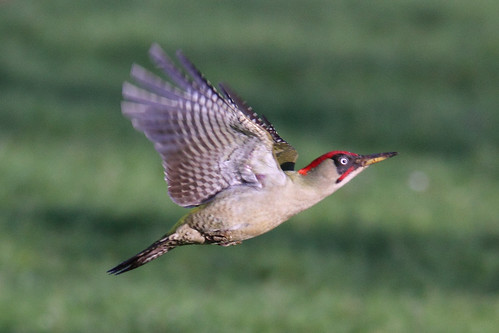 |
| Canon 7D & Tele Vue-60; 1/1600 sec, ISO 800 |
Enter the 7D Mk I. Enough's been written about this camera online and in print already, so I'll let the pictures do most of the talking and add a few observations along the way.
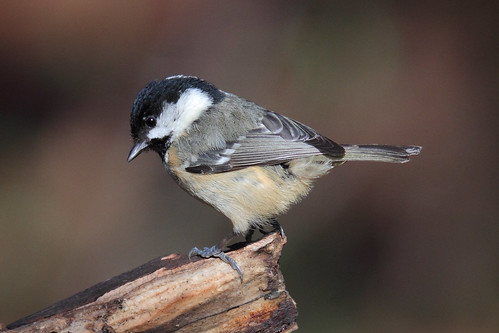 |
| Canon 7D & Tele Vue-60; 1/1250 sec, ISO 640 |
10 to 18 Megapixels: I was worried that all those extra pixels might magnify the shortcomings of my style of shooting (mostly hand-held, with a manual-focus telescope) rather than improve the quality of my photos, but it turns out the 7D is an excellent match for the Tele Vue-60 (my wildlife lens of choice). I now have much more leeway to crop and re-frame the subject while still being able to produce a decent-sized print if necessary.
 |
| Canon 7D & Tele Vue-60; 1/2000 sec, ISO 800 |
Auto ISO: Although this was a feature on the 40D, it never really lived up to its potential. On the 7D it does. Whereas before I used to shoot in Aperture-Priority AE (Av) and let the camera choose the exposure time, I can now shoot in Shutter-Priority AE (Tv), choose a shutter speed appropriate for the subject and the focal length of the TV60 (typically anywhere from 1/1000 sec to 1/2500 sec depending on how much coffee I've drunk that morning), set the Exposure Compensation for the lighting conditions, and let the camera choose the correct ISO.
 |
| Canon 7D & Tele Vue-60; 1/1600 sec, ISO 2000 |
Noise: From what I've seen on Internet forums, this seems to be the biggest bone of contention about the 7D, with some users getting very clean images all the way up to ISO 3200, and others claiming it's unusable above ISO 800! (It's worth noting here that because of the way a Bayer filter works, the camera captures twice as much information in the green channel as it does in the other two channels, which may explain why photos of birds against blurred green backgrounds seem to show less noise.) Personally, I don't mind a bit of noise as long as it isn't too obtrusive, and I actually prefer a bit of grain over the plasticky effect you see in some over-processed photos. With regards to the 7D, I find that the RAW conversion needs a little more fine-tuning in Digital Photo Professional than I'm used to, but with care I can get an image at ISO 3200 which is no noisier than an image taken at ISO 1600 with the 40D. This, when you factor in the higher resolution of the 7D, is a considerable improvement. Obviously, I'm still getting used to the camera as well adapting my methods of post-processing, but my impressions so far are overwhelmingly positive. Also, it seems to me that the 7D sometimes errs slightly on the side of over-exposure, which ironically can make for a cleaner final photo.
Are my photos significantly better? The Flickr community seems to think so. I know that comments and faves aren't always a reliable measure of quality, but my views have shot up since I started posting photos taken with the 7D, with at least four images hitting the giddy heights of Explore. Or is all that traffic a side-effect of people searching for photos taken with the 7D Mark II?
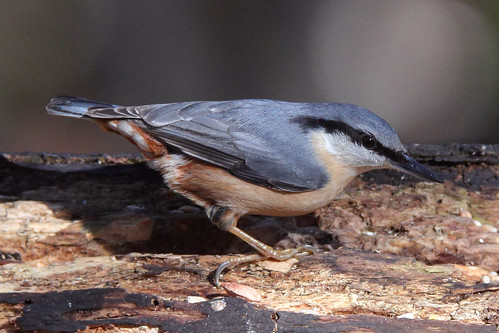 |
| Canon 7D & Tele Vue-60; 1/1250 sec, ISO 1250 |
Decide for yourself: see more of my photos taken with the Canon 7D.
Labels:
40D,
7D,
birds,
blogpost,
canon,
coal tit,
curlew,
DSLR,
Flickr,
green woodpecker,
kent,
kilner,
moorhen,
nature,
nuthatch,
photography,
rock pipit,
Tele Vue,
telescope,
TV60
Subscribe to:
Posts (Atom)

